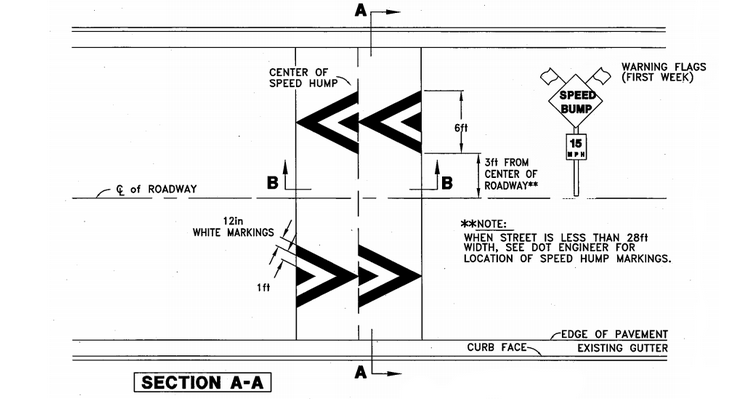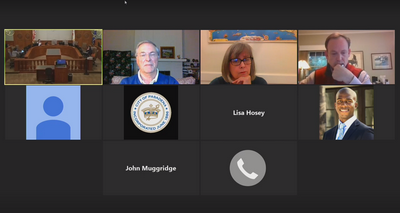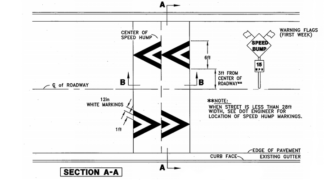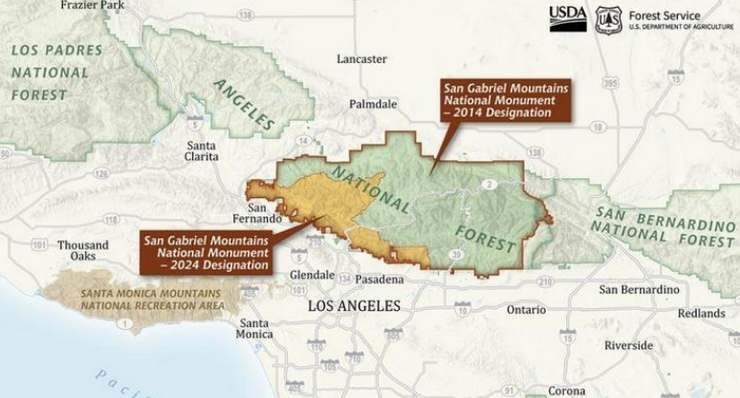
The City Council next week is expected to consider a proposal from Pasadena’s Department of Transportation that would make eight residential street segments eligible for speed humps.
The item will land on the council’s agenda on Monday after the Municipal Services Committee moved forward the proposal during its meeting on Tuesday. The committee’s action came without discussion, leaving any debate for the full council on Monday.
A report from city DOT Director Laura Cornejo says that, “In addition to allowing speed humps on Federal Highway Administration (FHWA) Functional Classified ‘Local Streets,’ staff recommends utilizing the City Council adopted Pasadena Street Types Plan to allow streets defined as ‘Access Streets – Residential’ to be added to the category of streets where speed humps would be permitted.”
The report lists these street segments as becoming eligible for speed humps, should the council sign off on the proposal:
-
Forest Avenue, between Washington Boulevard and Lincoln Avenue.
-
Sunset Avenue, between Mountain Street and Howard Street.
-
Two segments of Howard Street — between Arroyo Boulevard and Forest Avenue; and between Lincoln Avenue and Raymond Avenue.
-
Hammond Street, between Lincoln Avenue and Fair Oaks Avenue.* Montana Street, between Lincoln Avenue and Los Robles Avenue.
-
Sunnyslope Avenue, between Walnut Street and Del Mar Boulevard.
-
San Pasqual Street, between Hill Avenue and East City Limit.
City Manager Steve Mermell said during Tuesday’s Municipal Services Committee teleconference meeting that residents in those areas have been pressing for street humps to slow the flow of traffic.
“Some community members are anxious to see some of the streets become more eligible,” Mermell told committee members.
Cornejo’s report says that, “If approved by the City Council, the changes to the Speed Hump Policy would go into effect immediately.”
However, that would not mean the newly OK’d streets would immediately get the speed humps — only that the segments would be eligible for consideration, subject to a complicated range of requirements.

Among those 19 city requirements are width (one lane in each direction), speed limit (25 mph), distance between stop signs, less than 5 percent grade, limited curvature, and the amount of daily traffic (at least 1,000 vehicles per day and less than 4,000).
Also, streets eligible for speed humps cannot be a truck route or a transit route, cannot be installed “where a significant portion of the traffic will be diverted to nearby residential or local streets,” or be placed where installation might interfere with drainage, according to city guidelines.
In addition, speed humps cannot be installed on streets “used as primary or routine emergency vehicle access routes unless it is considered acceptable to the emergency services,” guidelines say.
“While the proposed change to the Speed Hump Policy would make these streets eligible for speed humps, the street segments would still need to be evaluated in detail utilizing the entire process defined in the Speed Hump Policy,” Cornejo’s report says.
A formal request to install speed humps along any of the streets falling under the proposed changes would need to be submitted by a resident of a given street segment. Should the segment meet all the city’s criteria, installation would still hinge on a two-thirds vote in favor of the humps from the households along the segment, the report said.
The city receives about 30 requests for speed humps per year, with less than 10 percent qualifying for a vote by residents, the DOT report says. Between July 2017 and June 2020, 87 requests were received by the city and 10 met all the physical requirements – but only two received enough votes from residents for eventual installation.
The “Pasadena Street Types Plan” that would be amended should the council approve the city DOT’s recommendation was adopted in March 2014. The plan is “the organizing framework around which street and sidewalk design guidelines are built that will make Pasadena more walkable and bike friendly in support of the city’s adopted sustainability goals.’’
The plan was designed to give the city more control of its streets and roadways.
The complete city DOT report can be found here (scroll to Page 71).
The Municipal Services Committee consists of Councilmembers Margaret McAustin (the chair) and Andy Wilson, as well as Mayor Terry Tornek and Vice Mayor Tyron Hampton. Tuesday’s gathering was the last Muni Services meeting for McAustin and Tornek.
McAustin, representing District 2, did not seek reelection and will be succeeded on the council (though not necessarily on the Muni Services Committee) by Felicia Williams. Tornek lost his reelection bid last week to Councilmember Victor Gordo.














 0 comments
0 comments


